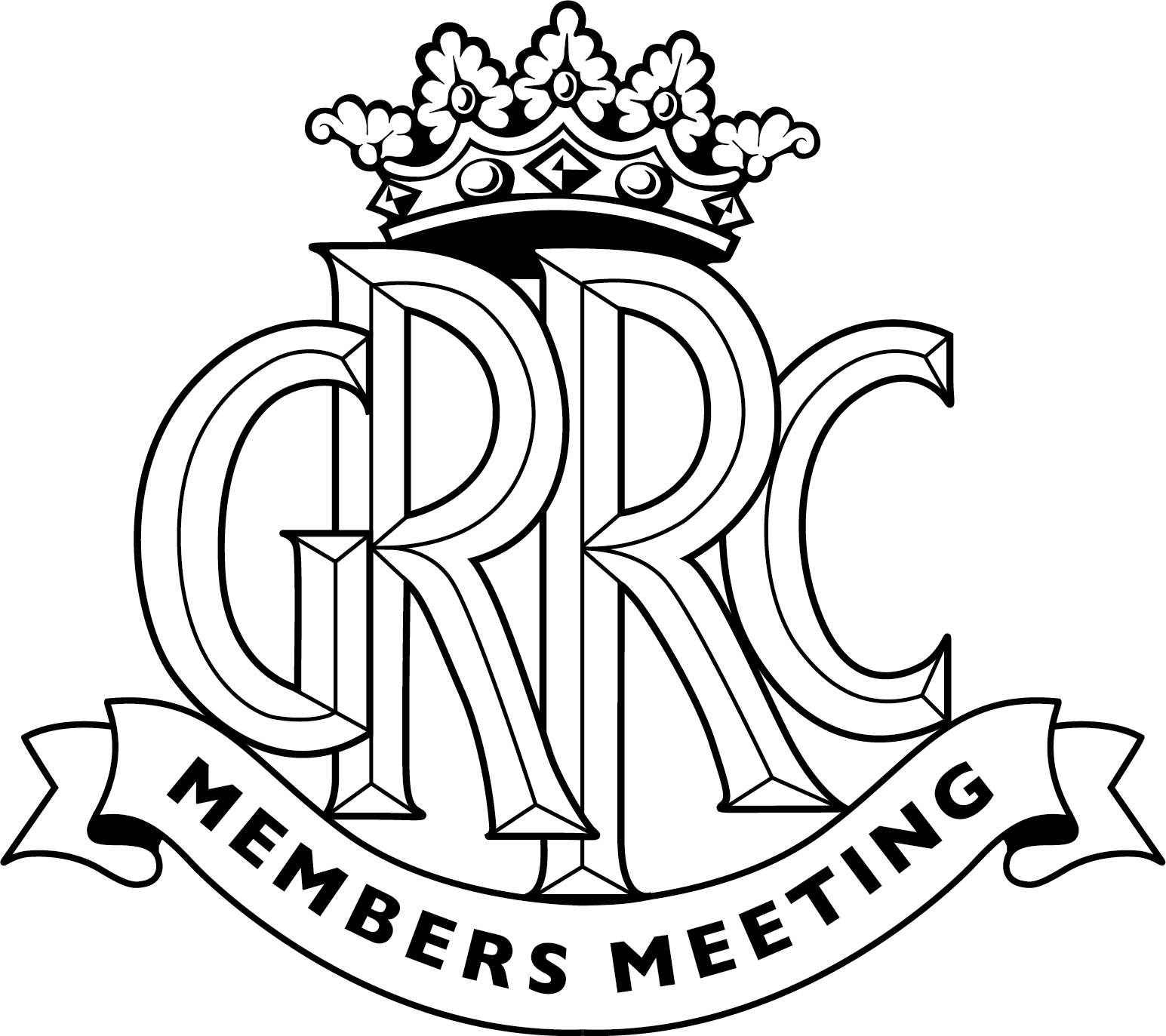
None of your fancy labels, no racy images. For the avoidance of doubt, the name proclaimed Williams as a meat-and-two-veg company that went racing through practical engineering. Funded in 1977 by Middle East money, maybe, but this team was British to the bottom of Frank Williams’ teacup.
The very first Grand Prix car to emerge through the doors of the former carpet warehouse in Didcot embodied everything sensible. Because it had to. Williams FW06, from the pencil of Patrick Head, was notable for a straightforward design that, hopefully, would present few problems as the new team settled into the routine of 17 races around the globe.
At the end of the season, Williams had scored 11 championship points, not unreasonable but insufficient for Head, who was annoyed by the teething problems that had robbed the team of better results – including a possible win at Long Beach until the nose wing collapsed. Having designed a solid, uncomplicated racer for 1978, Patrick was about to produce FW07, an absolute classic.
Aerodynamics having become the F1 buzzword, Head was shocked at the inefficiency of FW06 when, for the first time, he made use of a windtunnel. The lessons learned from this, and the dominant form in 1978 of the Lotus 79 with its pioneering ground effect, informed the thought process behind FW07, which was not ready to race until the Spanish Grand Prix at the end of April 1979.
Williams had become a two-car team, Clay Regazzoni joining the driving strength to finish a rousing second at Monaco; some consolation after Jones had led and been denied a win thanks to an electrical problem at the previous race in Belgium.

The turning point came just before the British Grand Prix in July. Frank Dernie, a new recruit, combined his aerodynamic skills with Head’s engineering expertise and sealed off a low-pressure area at the back of the car. The cleaner airflow had an instantaneous and dramatic effect.
The Williams pulverised the lap record at Silverstone; no one could get close to the white and green car. Unfortunately, a water leak would deny Jones but Regazzoni was perfectly poised to move forward and give Williams their first Grand Prix win. That momentous occasion was the launch pad for further victories. These may have come too late for the 1979 championship but an upgraded car, FW07B, would carry Jones to the title the following year.
Having relied on variations of the Ford-Cosworth V8, Williams accepted that the time had come to switch to a turbocharged engine. A deal was done with Honda, their first two seasons together being a learning process as Williams also switched from an aluminium to a carbon fibre chassis.
The arrival of FW11 in 1986 brought a return to full competitiveness but the fact that success was shared between Nigel Mansell and Nelson Piquet meant than neither took the drivers’ title despite coming desperately close at the final race. It would be more clear-cut the following year, Piquet becoming World Champion in FW11B, very much the class of the field.

At the start of the ’90s, Williams and Head made some key decisions. Having begun an association with Renault, the need to match the potential of the French V10 would lead to the hiring of Adrian Newey, a brilliant aerodynamicist, and the return of Mansell after a couple of years with Ferrari. Head and Newey combined to produce FW14, introduce a paddle shift gearbox and, even more significantly, active suspension that controlled the car’s ride height and allowed maximisation of the aerodynamics at all times.
If FW14 was a very good car that just fell short of winning the title in 1991, FW14B was a brilliant one, bristling with innovation and performance. But it was not easy to drive and it took all of Mansell’s strength and commitment to extract the maximum and win the nine Grands Prix that brought him the 1992 championship.
A change in the regulations banning active suspension initially caught out Newey as he designed FW18, the car for 1994. Unfortunately, this coincided with the arrival of Ayrton Senna and the car was not fully sorted until later in the year following the Brazilian’s fatal accident at Imola.
The lessons learned formed the basis for future models, specifically FW18. Newey not only got his head around the return to passive (non-active) suspension, he also introduced typical trick developments at the rear. FW18 was quick from the start and Damon Hill used it to great effect to win the 1996 championship, his only serious rival being Jacques Villeneuve in the other Williams-Renault.

Frank, acutely aware of the importance of working closely with a competitive engine supplier, struck a deal with BMW. The relationship began in 2000 but, despite the occasional promise, it was not until 2003 that the partnership was in a position to fight for the championship. Even then, however, the title would slip through their fingers despite Juan Pablo Montoya and Ralf Schumacher winning two races each with the blue-and-white FW25.
By Head’s admission, the team had lost its way slightly at the start of that season, only to fight back and be eight points ahead of Ferrari and one point (Montoya) behind Michael Schumacher with three races to go.
“FW25 was a good car and we were quick,” recalls Head. “But there was a bit of politicking going on [with Ferrari and dubious claims over the Michelin tyres being run by Williams]. We should have been tougher and been able to deal with that and still win the championship. But we didn’t.”
Such a typically blunt appraisal actually explains why the technical excellence evident across 40 years has placed Williams second only to Ferrari in the all-time list of constructors’ champions. It is Grand Prix engineering at its very best. Exactly as the original team title intended.
Williams
Frank Williams































































